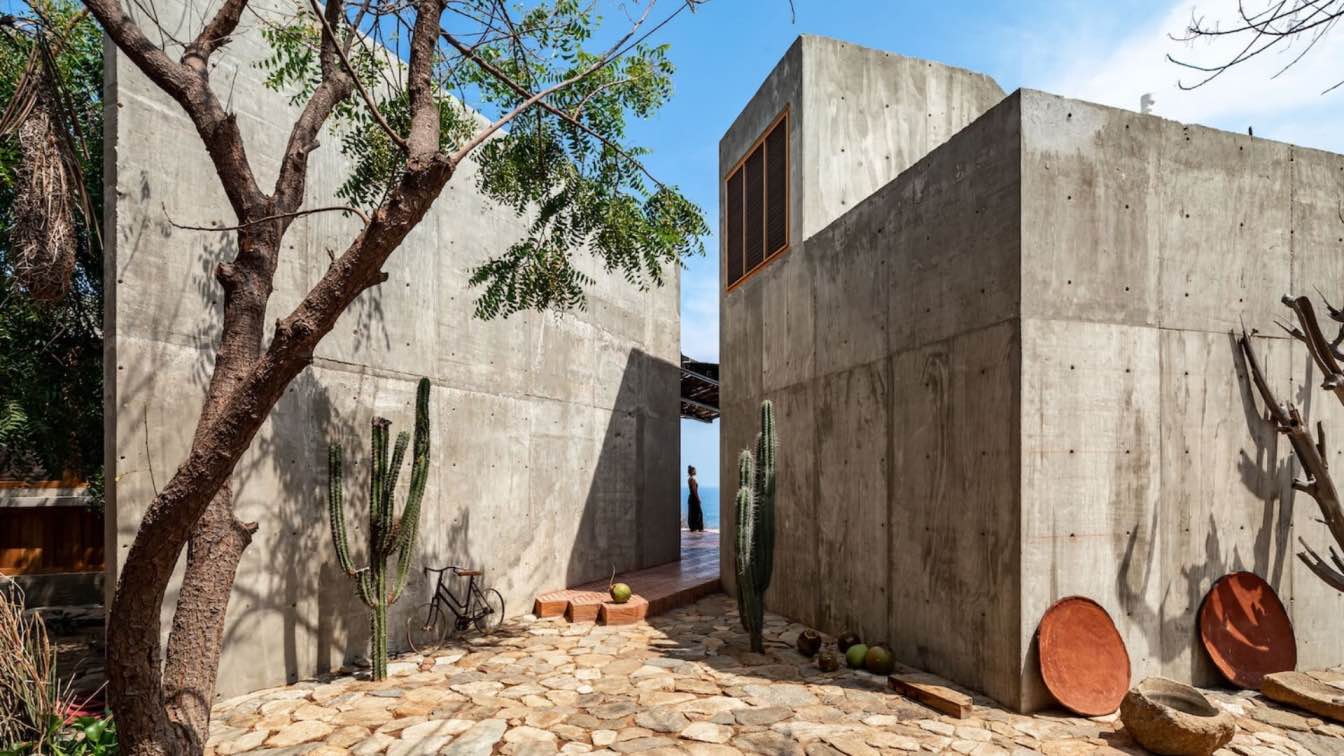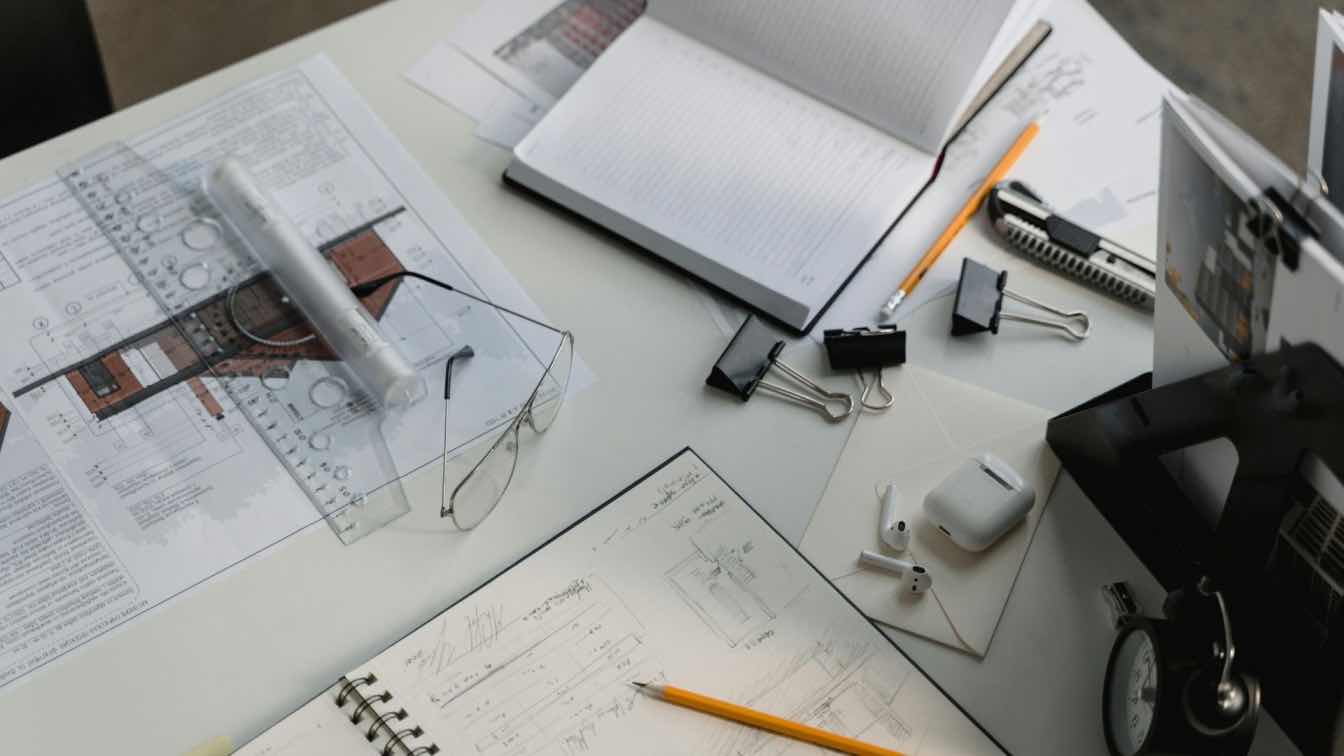In today's modern world, concrete has become a very commonly used substance in construction. Watch any building being built, and you will most likely see a lot of concrete being poured and formed to create walls, slabs for floors, sidewalks, roads, bridges, and so on.
Because of this overwhelming use, it's important to be aware of the potential for concrete structural failures. Often these happen because the correct sealants and finishing processes are not applied. This can be avoided by having employees go through quality concrete polishing training. Here are six things you need to know about concrete structural failures
Concrete Failures Can Be Fixed
If you live in Brisbane and experience a concrete structural failure on your property, don't panic. Most of these problems can be fixed, you only need to find an expert for concrete repairs in Brisbane to prevent it from worsening. After a structural inspection of your property, a professional will determine whether the damage is severe enough to require replacement or if it's a simple matter of filling the cracks and holes with filler material before repairing the problem area.
In some cases, concrete structural failures are simply the result of a concrete mix that wasn't made properly. If this is the case, the concrete can be replaced with a new mix that will be more durable and less likely to crack in the future.
If you're not sure if your concrete has failed structurally, you can always have it tested by a professional. This is a good idea if you're planning on selling your home in the near future, as it could affect the resale value of your property. A concrete structural failure can also make your home difficult to insure.
Causes Of Concrete Structural Failure
One of the most common reasons for concrete structural failure is poor design. This can be due to a number of factors, such as using the wrong type of concrete for the application, not taking into account climate conditions, or not properly reinforcing the structure. Another common reason for concrete structural failure is poor quality control and faulty construction. This can include things like insufficient quality control, using too much water while mixing the concrete, not allowing it to cure properly, or failing to install reinforcements correctly.
Well-constructed buildings can also decline. This can be caused by a variety of factors, such as weathering, corrosion of reinforcement steel, or alkali-silica reaction. Failures can also be caused by accidental events, such as a car hitting a bridge or an earthquake shaking a building. And finally, terrorism or sabotage can also lead to concrete structural failures.
Concrete Structural Failures Cause Many Other Issues
Another thing you need to know about concrete structural failure is that these cracks can cause many issues around a home where they appear. Everything from mild cosmetic problems like small holes in sidewalks and driveways to much more serious safety hazards such as the collapse of a porch or an entire section of wall can result from concrete that cracks and begins to fail.
The important thing to note is that you cannot always tell by looking at concrete what its strengths and weaknesses are, or how it will perform in various situations. This means that even if a small bit of cracking may be acceptable now, you still need to take the time to have your property inspected for these issues periodically by a professional who can identify them quickly before they lead to bigger problems.
 The Fig House (Casa Da Figueira) in Brazil by Stemmer Rodrigues Arquitetura
The Fig House (Casa Da Figueira) in Brazil by Stemmer Rodrigues Arquitetura
Concrete Structural Failures Can Be Prevented
It is important to know that most concrete structural failures are preventable. If you use high-quality materials when creating your concrete structures and take care during their installation, you're likely to avoid any significant problems down the line. However, even the best-made structures can eventually succumb to the effects of weathering and age, so regular inspections are still necessary.
If concrete structural failures do occur, it's important to address them as soon as possible. Ignoring the issue can lead to even more damage, and in some cases, the failure of the entire structure. If you're not sure how to properly maintain your concrete structures, it's best to consult with a professional engineer. With the right care and attention, your concrete structures can provide many years of reliable service.
Concrete Structural Failures Aren't Always Obvious
Homeowners may not even notice certain types of concrete structural failures as they're happening. For example, hairline cracks in slabs can expand quickly without being noticed as they work their way toward nearby soil, causing them to split apart further.
In other cases, an entire section of the wall or sidewalk might begin to warp and buckle due to foundation issues beneath it, but this change is often hidden from view by landscaping and surrounding structures.
Of course, some concrete structural failure problems are quick to reveal themselves. One example is ground settling and sinking, which can lead to visible cracks in driveways. This type of problem typically develops slowly over the course of months or years as water and soil volume change and the earth moves. Another common issue is when concrete fails to properly cure after it has been poured, leading to a spongy or weak surface that can easily crumble.
Concrete Can Fail Suddenly Or Overtime
Over time, even well-constructed concrete structures can deteriorate and eventually fail. Engineers classify concrete failure into two categories: brittle and ductile failures. Brittle failures occur suddenly and completely, while ductile failures exhibit an amount of giving before cracking, bending, or breaking.
Although crack patterns can be different in both types of failures, they often include a network of fissures or cracks that usually begin at the surface and extend toward the center.
Concrete cracks are a network of fissures that start at the surface and often lead to corrosion of structural steel reinforcement materials. Once this begins, it spreads toward the center of the concrete, which causes it to fail completely. Concrete failures, whether brittle or ductile, rarely occur in isolation and follow a similar pattern.
Knowing the six things above about concrete structural failures will help you better understand this common problem and what to do if it occurs on your property. By being aware of these issues, you can take steps to prevent them from happening in the first place and know what to do if they do occur.






